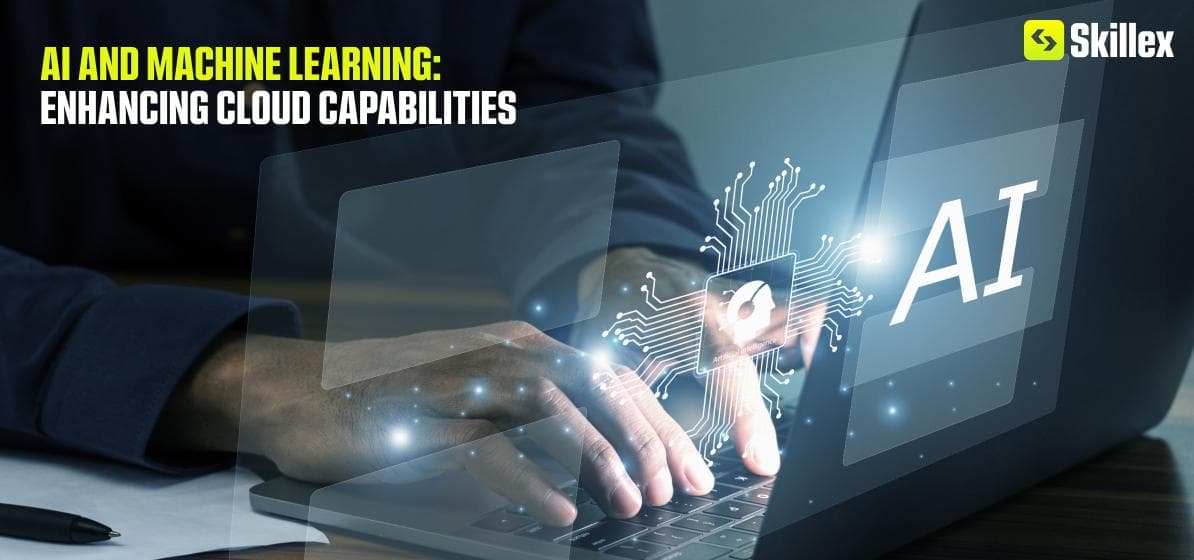
Cloud computing has been a game-changer in the tech industry for over a decade, and its evolution continues to shape how businesses and developers approach software and infrastructure. In 2024, new advancements are pushing the boundaries of cloud technology, offering faster, more secure, and more scalable solutions for a variety of industries. Let’s explore the latest trends in cloud computing and how they are impacting businesses and developers alike.
One of the most significant developments in cloud computing is the rise of edge computing. Traditional cloud computing involves processing data in centralized data centers, often located far from end users or devices. Edge computing changes this by bringing the data processing closer to the edge of the network, near the source of the data itself.
This reduction in latency is crucial for applications that require real-time data processing, such as autonomous vehicles, IoT devices, and augmented reality. By processing data closer to the user, edge computing ensures faster responses and less downtime, which is vital for industries that rely on split-second decision-making.
For businesses, this means an improved user experience and the ability to handle more complex tasks without the need for significant infrastructure changes. Developers, in turn, must adapt their applications to take advantage of edge computing’s benefits, optimizing performance for decentralized systems.
Another major shift in 2024 is the increasing adoption of serverless computing. In the serverless model, developers no longer need to worry about managing servers. Instead, they can focus purely on writing code, while the cloud provider automatically handles the infrastructure. This results in faster deployment times, reduced operational costs, and increased scalability.
Serverless computing is perfect for applications with fluctuating workloads, as it allows businesses to scale up or down without the need for constant infrastructure adjustments. It’s also cost-efficient, as companies only pay for the computing power they use.
For developers, serverless computing offers a more streamlined workflow. They can concentrate on writing code, while the cloud provider handles tasks like scaling, security, and maintenance. This can lead to more rapid innovation and fewer bottlenecks in the development process.

AI and machine learning have become integral to modern cloud computing. As these technologies advance, cloud providers are offering a wide range of AI-based services that allow businesses to integrate intelligent features into their applications with ease.
For example, cloud-based AI services can analyze massive datasets, provide predictive analytics, and offer personalized experiences to users. Developers can access AI and machine learning libraries through cloud APIs, allowing them to build smarter applications without needing expertise in data science.
Businesses are leveraging these tools to enhance customer engagement, optimize processes, and even improve cybersecurity. AI’s ability to detect patterns and make predictions is invaluable for industries like finance, healthcare, and e-commerce, where timely and accurate insights are crucial.
Read more and explore how AI is revolutionizing development.
More companies are moving towards hybrid and multi-cloud strategies, combining the best of both public and private clouds. This approach provides greater flexibility, better disaster recovery options, and cost optimization by allowing businesses to choose the most efficient and secure cloud provider for each workload.
A hybrid cloud refers to a setup where a company uses both private and public clouds for different tasks. For example, sensitive data might be stored on a private cloud for security reasons, while less critical applications run on a public cloud to take advantage of scalability.
Multi-cloud, on the other hand, involves using multiple cloud providers for different services. This avoids vendor lock-in and allows businesses to use the strengths of each cloud provider. For developers, this means creating applications that can seamlessly interact across various cloud environments, requiring an understanding of multiple cloud platforms and how to optimize them.

As cloud adoption increases, so do concerns about security. Cloud providers have responded by developing more sophisticated security tools. In 2024, we’re seeing advancements in automated threat detection, encryption technologies, and compliance management systems.
One key advancement is the use of AI in cloud security. AI can detect unusual activity and potential threats much faster than traditional security measures. This allows businesses to respond to security incidents in real time, reducing the risk of data breaches.
Another trend is the focus on compliance automation. As more businesses store sensitive data in the cloud, ensuring compliance with regulations such as GDPR and HIPAA is becoming more critical. Cloud providers now offer tools that help businesses automate compliance tasks, making it easier to meet regulatory requirements without manual oversight.
Developers are also benefiting from these advancements. With cloud providers offering built-in security features, developers can focus on building applications without worrying about vulnerabilities or compliance issues.
As environmental concerns grow, sustainability has become a key focus for cloud providers. In 2024, many companies are making efforts to reduce their carbon footprints by using renewable energy to power data centers and optimizing infrastructure to reduce energy consumption.
Some cloud providers are leading the charge by setting ambitious goals to achieve net-zero carbon emissions. For businesses, choosing a sustainable cloud provider can also be a way to enhance their own corporate social responsibility efforts.
Developers can also contribute to sustainability by optimizing their applications to use fewer resources. This can involve writing more efficient code, minimizing data transfers, and using serverless architectures to reduce idle time.
Cloud computing continues to push the boundaries of what’s possible in the tech world. In 2024, businesses and developers are embracing new innovations like edge computing, serverless architectures, AI integration, and hybrid cloud strategies to stay ahead of the curve. With enhanced security, scalability, and sustainability, the cloud is shaping the future of technology in ways that were unimaginable just a few years ago.
To stay updated on these trends and how they’re shaping web development, visit our website and explore our blog page. We offer programming courses and up-to-date insights to help you stay ahead in the ever-changing world of cloud computing.